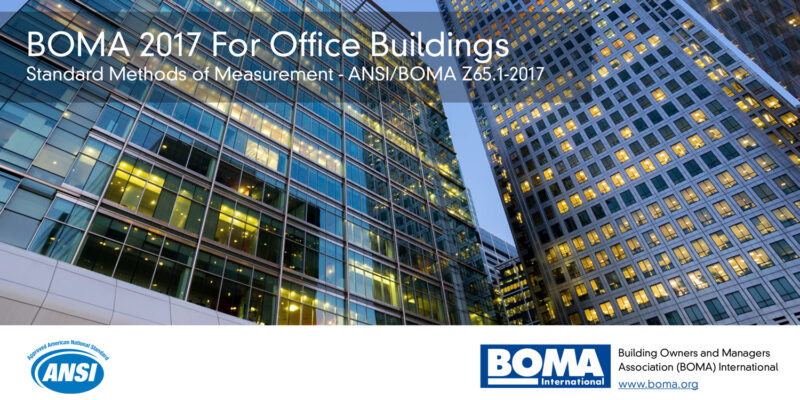In today’s data-driven world, precise measurements are essential to many businesses. It is impossible to overestimate the importance of accurate measurements in the construction, real estate, retail, and manufacturing industries. The Building Owners and Managers Association (BOMA), an organization that has established the standard for measuring accuracy, is one of the major stakeholders in guaranteeing consistent and trustworthy measurements. This essay explores the world of BOMA measurement standards and how they are revolutionizing several industries by offering a consistent framework for estimating space dimensions.
Understanding BOMA Measurement Standards
Establishing uniform measuring rules has been a priority for the Building Owners and Managers Association (BOMA), which was motivated by the need to ensure fairness and consistency in property measures. When BOMA was established in [year], it aimed to develop a standard of measures so tenants and property owners could agree on space estimations.
The industry standard for precisely measuring spaces is BOMA’s Standard Methods of Measurement. These techniques restrict particular areas on a property, promoting open dealings and equitable leasing arrangements. The main objective of BOMA measuring standards is to make property measurements accurate, consistent, and uniform.
Core Concepts of BOMA Measurement Standards
BOMA measurement standards encompass several key concepts, each designed to fulfill a specific purpose:
- Gross Area Measurement:
- The Gross Area measurement defines the total area of a building, including all exterior and interior walls. This method helps provide an accurate representation of the building’s footprint and overall size.
- Rentable Area Measurement:
- Rentable Area refers to the space available for tenants to occupy and utilize. This measurement is essential for calculating the rental cost and commonly involves the application of load factors or loss factors to the usable area.
- Usable Area Measurement:
- Usable Area, as the name suggests, denotes the space that tenants can actually use for their operations. It excludes common areas, structural elements, and other spaces not directly accessible by tenants.
BOMA Standards Application
While the influence of BOMA measurement standards can be seen throughout several industries, it is most noticeable in commercial real estate and property valuation. The transparency and equity these guidelines provide to lease agreements help landlords and tenants. Both parties can ensure that the measurements used in discussions are founded on a widely recognized framework by following the BOMA rules.
Another area where BOMA standards are important is property appraisal. Precise measurements are essential to determining a property’s worth, and deviating from established procedures can cause disparities in property assessments.
Benefits and Importance of Accurate Measurements
The benefits of accurate measurements reverberate throughout the industry landscape:
- Dispute Avoidance: Accurate measurements reduce the likelihood of disputes arising from discrepancies in space calculations.
- Fair Lease Negotiations: Tenants can be confident that they are paying for the space they are actually utilizing, fostering trust in lease negotiations.
- Transparency and Trust: BOMA standards enhance transparency, which is paramount in establishing trust between property owners and tenants.
- Standardization: BOMA measurement standards provide a common language for measuring spaces, reducing confusion and disparities.
Challenges and Criticisms
Although BOMA standards are widely accepted, issues still need to be addressed, like different interpretations and implementation problems. These difficulties highlight how crucial it is to have continuing discussions and revisions to the standards to keep them relevant and useful.
Evolution of BOMA Standards
Over time, the BOMA standards have changed to meet the demands of the industry and evolving technologies. Modern technology has made it possible to develop more precise measurement instruments and techniques, guaranteeing that standards remain applicable in a constantly shifting environment.
Future Trends and Implications
Green building techniques will become BOMA guidelines as people grow more environmentally concerned. Incorporating technology, such as sophisticated measurement instruments and software, will also improve measurement efficiency and accuracy.
Conclusion
Measure Up Corp.’s BOMA measurement standards have become the cornerstone of precise measurements across various businesses in a world where accuracy counts. In transactions involving spaces of all sizes, BOMA standards guarantee fairness, transparency, and trust by establishing a uniform vocabulary for measuring. BOMA standards will continue to be a pillar of trustworthy measurements as market demands and technological advancements drive changes, inspiring trust between valuation specialists, tenants, and property owners alike. With a commitment to a future where equity and precision go hand in hand, Measure Up Corp. embraces the concepts of accurate measurements through BOMA standards.

